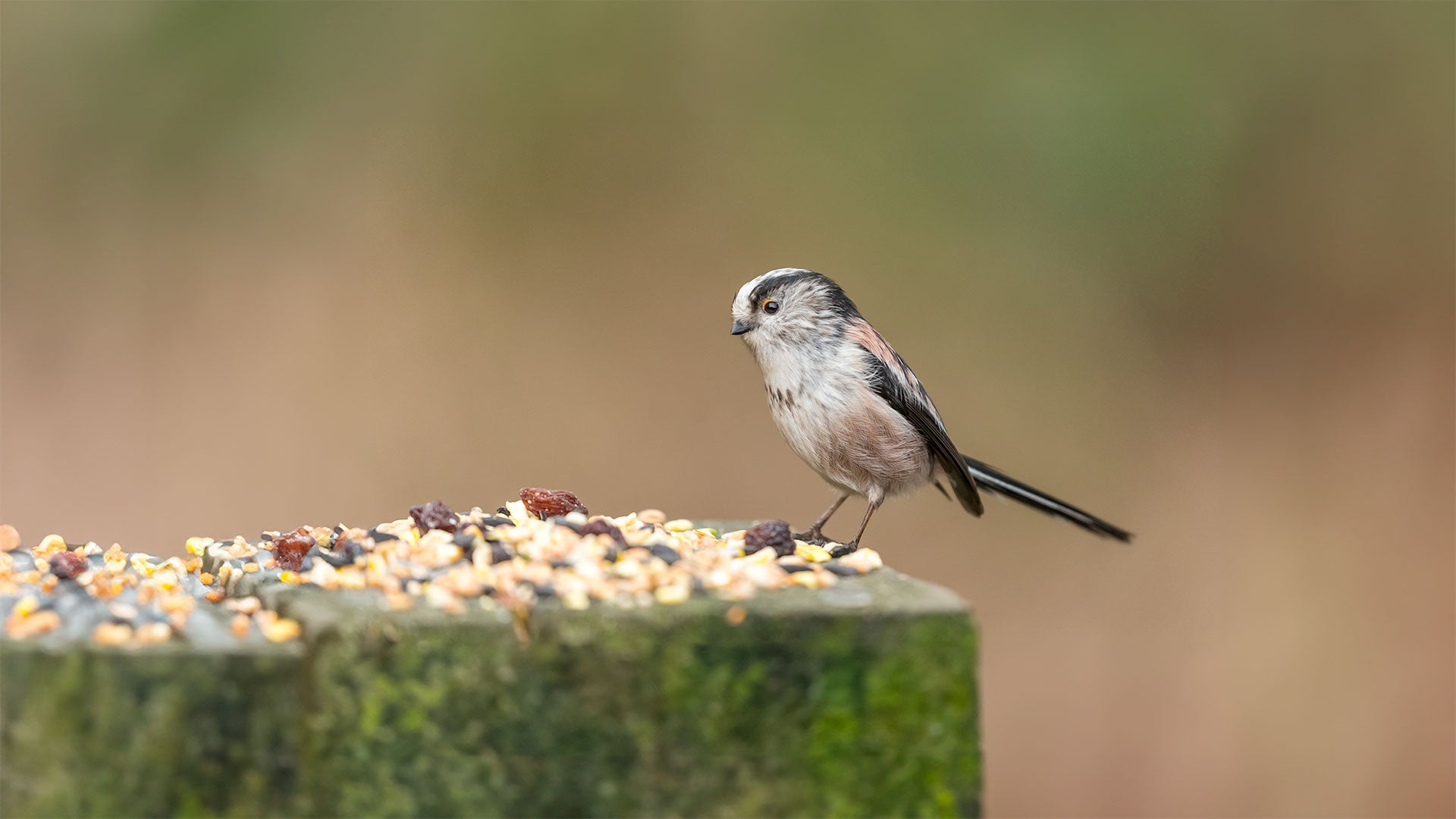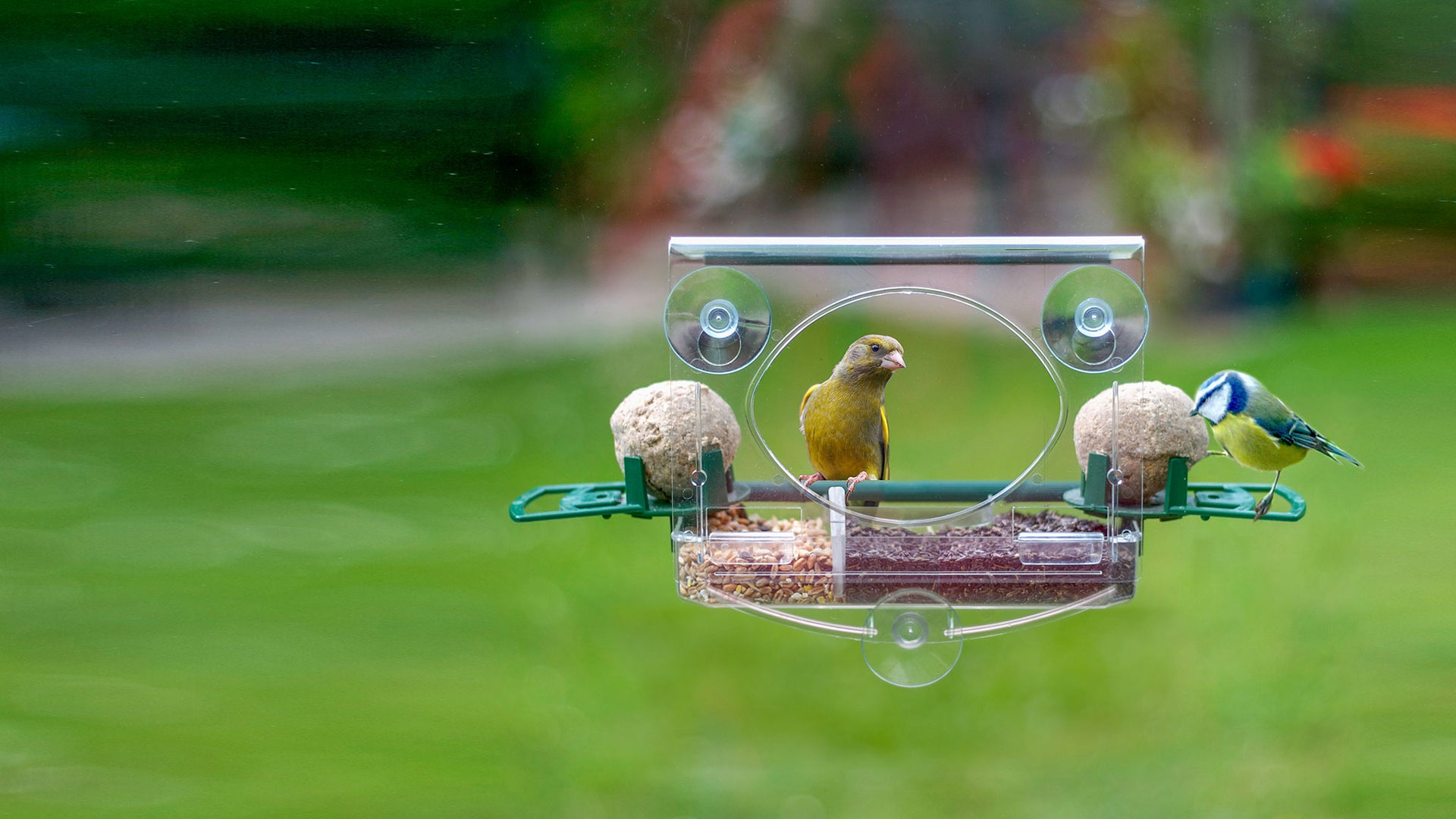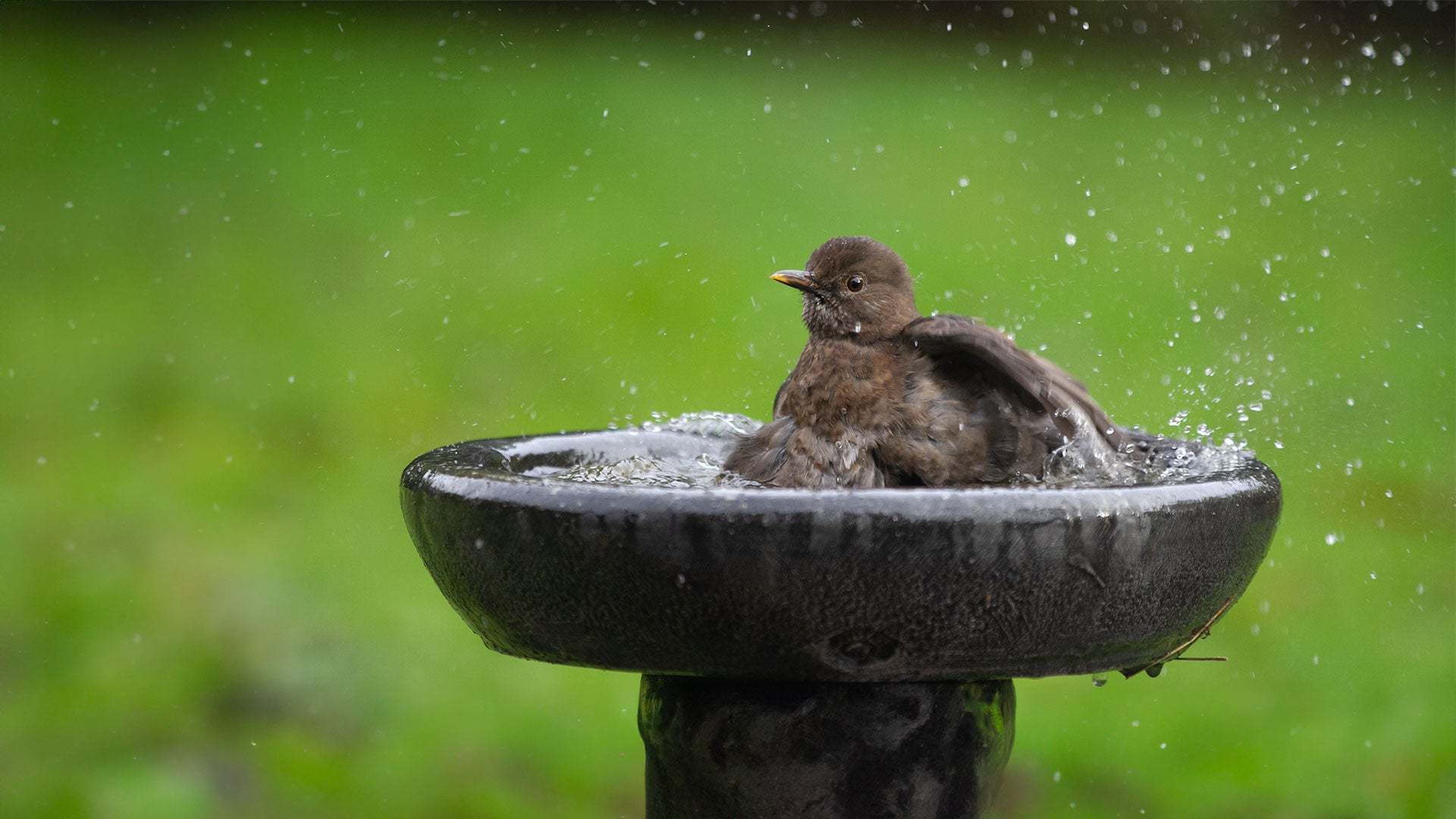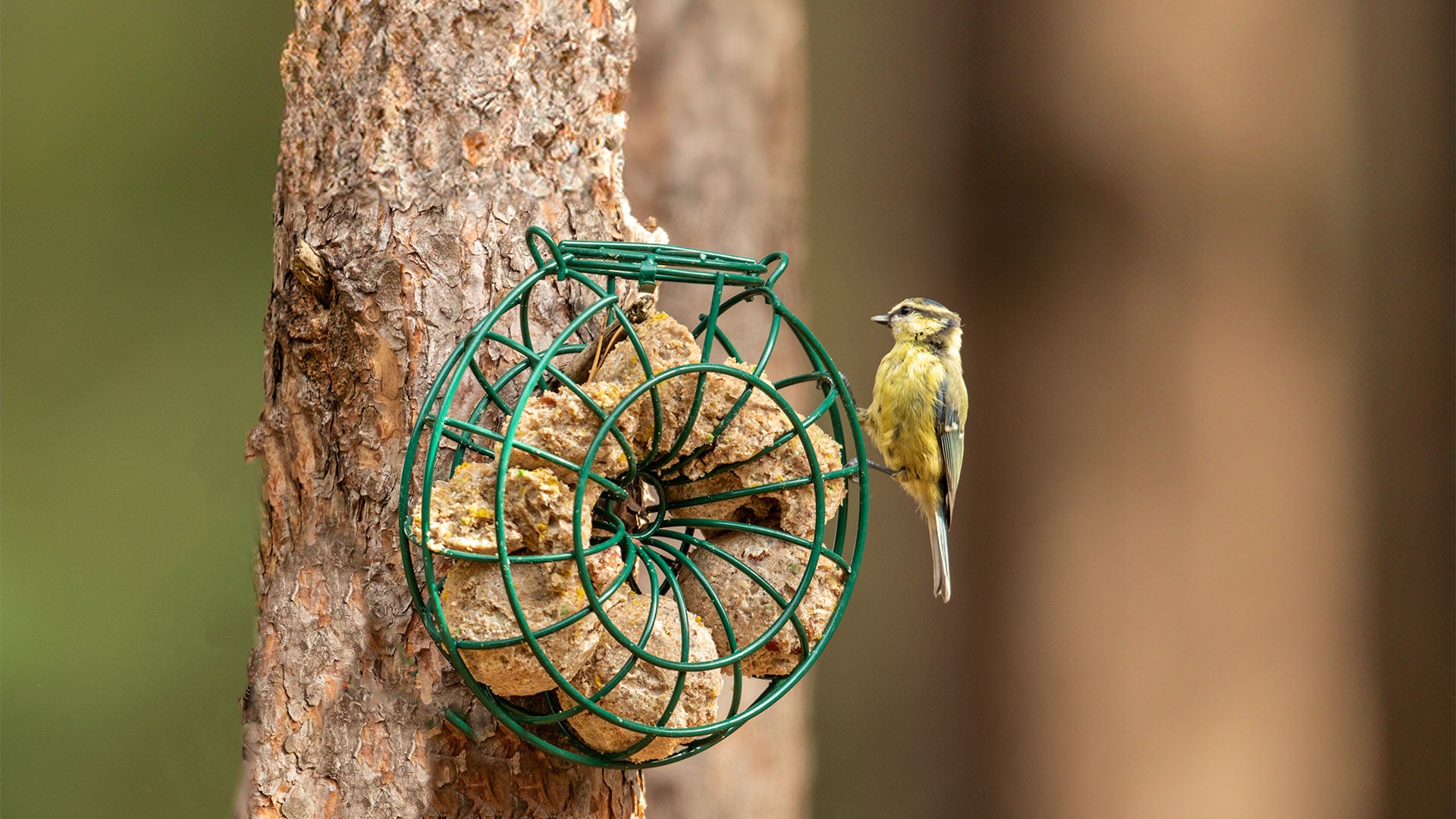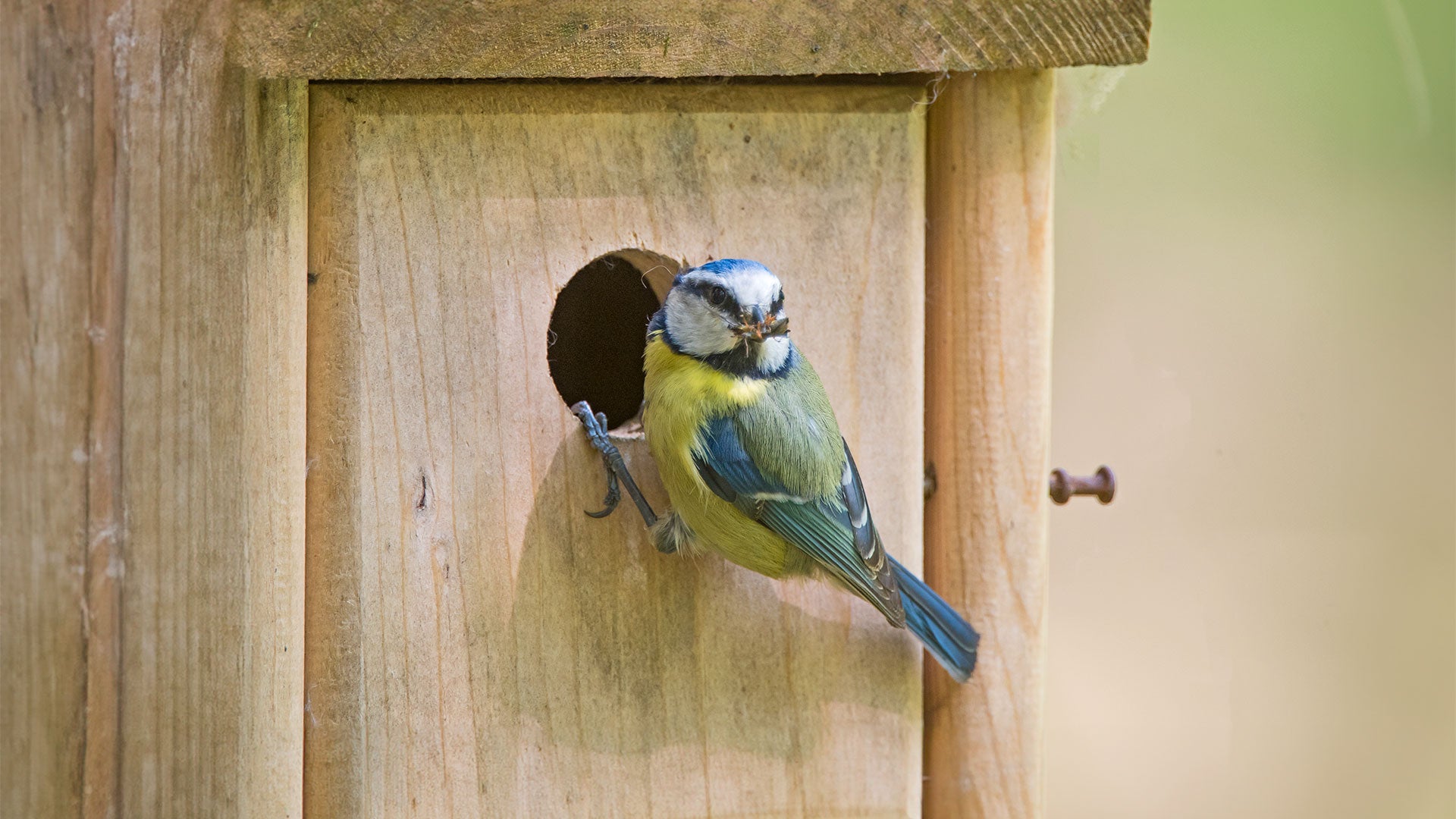Top 10 proven bird feeding tips that work
Tip 1. Start by feeding sunflower hearts
New to bird feeding? Start with sunflower hearts. Most birds will enjoy eating them and they can be fed on the ground, on bird tables, such as the large Bempton bird table, and in tube type feeders. This makes them very versatile as well as convenient and popular.
Tip 2. Look at their beaks for clues
Birds beaks hint at what they eat. Sharp beaks suggest insect eaters, stout beaks are likely to be seed eaters and hooked beaks are carnivores. Put out food suitable for the beaks you see in your garden.

Tip 3. Make space for shy birds
Birds have different defence instincts. Some prefer to hide and will only eat under cover of shrubs and trees. Others prefer quick wits and flight speed, opting to eat in the open where they can see potential threats before they arrive. Put out food in the open and under cover to offer stress free feeding for all the birds visiting your garden.
Tip 4. Birds feed at different heights
A wide variety of foods fed in different locations (ie on the ground, on a bird table and higher up in trees and shrubs using feeders) will attract a greater diversity of birds than simply a lot of one type of food and/or one table or bird feeder.
Tip 5. Water is critical! Add a bird bath
Birds need to drink water every day. Putting out clean drinking water daily (and ideally a shallow bird bath too) will give birds more reasons to visit and remain in your garden longer.

Tip 6. Feed little and often for freshness
Keep bird food fresh and dry. If bird food gets wet or is exposed to the elements it quickly becomes sticky, clogs feeders and becomes inaccessible to birds. It also harbours diseases which can quickly spread. Ideally keep bird food protected from the elements and only put out what will get eaten within a few days. In very wet and windy conditions, it is better still to replace food daily.
Tip 7. Feed birds in more than one location
Birds live with many threats around them. They prefer to feed in the company of others, as many eyes make safer feeding. Good bird food will attract a few birds, and a few birds will attract more birds. The better the food and the more reliable the supply, the more frequent and in greater numbers the birds will come.
Tip 8. Increase the food supply in spring and winter
Birds need extra help through the breeding season and cold winter nights. By putting out a reliable supply of high quality food for the adult birds during spring and summer, you provide them with the energy they need to forage for their brood. Help the parent and you help their young. The reward is seeing the next generation visit your garden soon after they fledge.

Tip 9. Allow birds to see potential threats
Provide a lookout. A tree or tall shrub are ideal but if no natural lookouts are available try erecting a high perch offering a clear view over the feeding area and ideally beyond. This allows birds safe arrival, before entering the feeding area but also a guard duty position over the area giving them even more confidence to visit regularly.
Tip 10. Enjoy your birds
Sit down with a cup of tea (or something stronger) and enjoy your feathered friends. Feeding the birds is not only good for their survival, it’s also beautiful to see and hear. Never underestimate the joy and wellness they bring simply by their presence.
We have hundreds of articles on bird feeding and encouraging more wildlife to your garden. Please browse our Wildlife Guides and Blogs, covering advice for beginners right through to technical and detailed guides and how to;'s.

